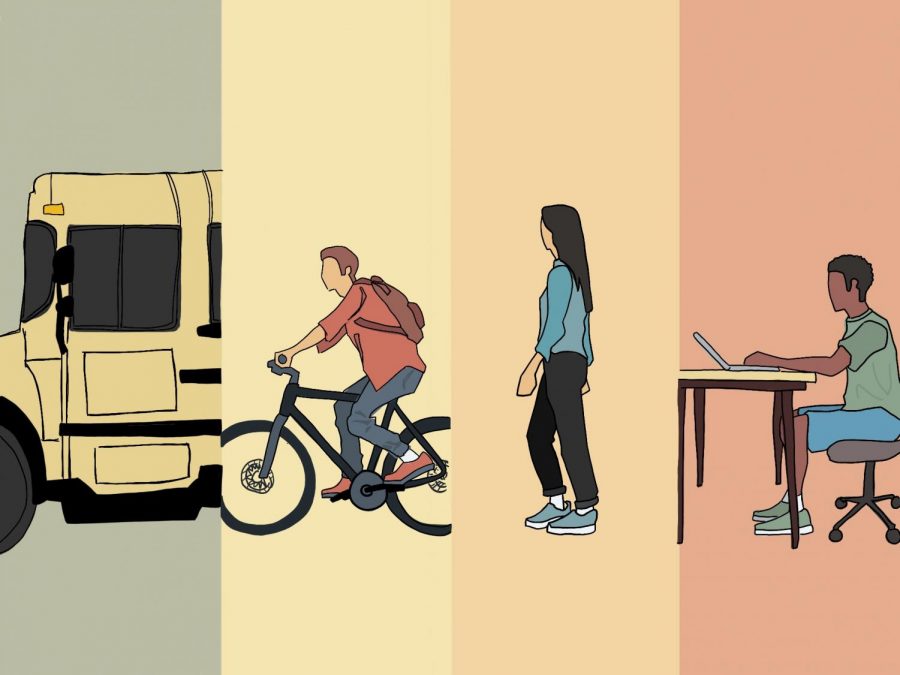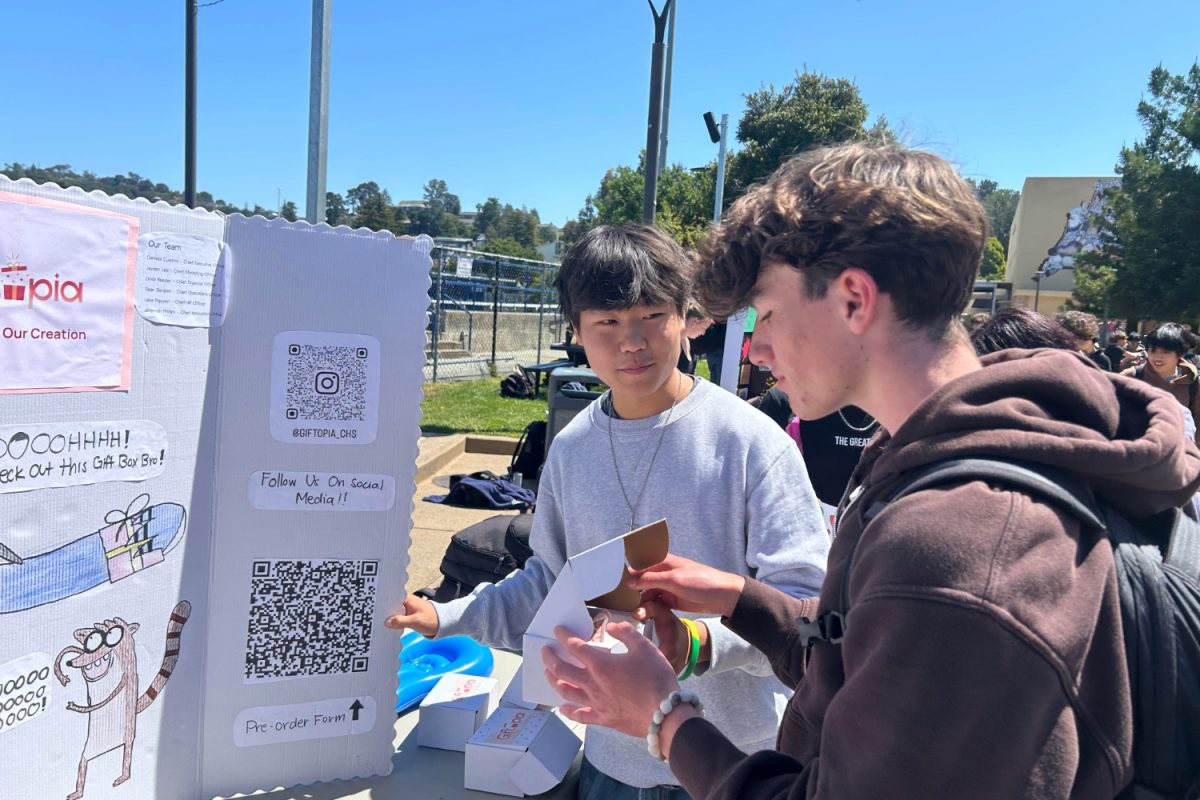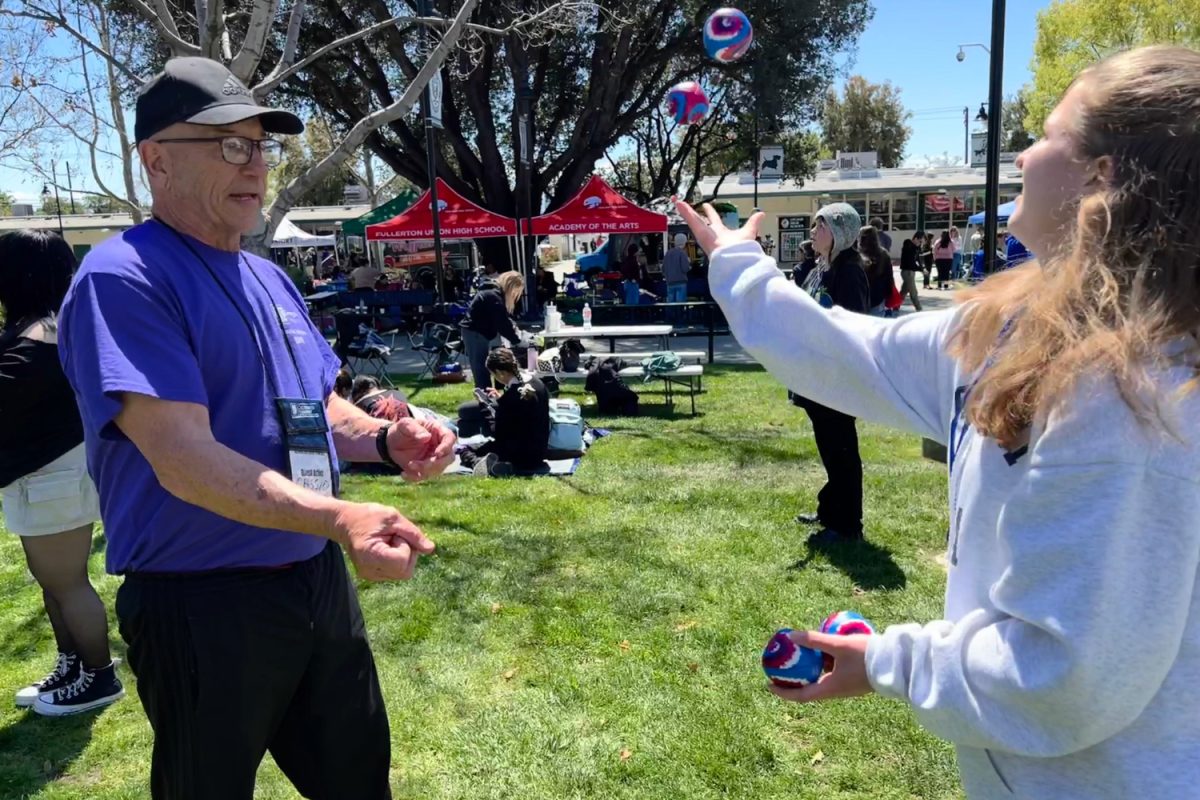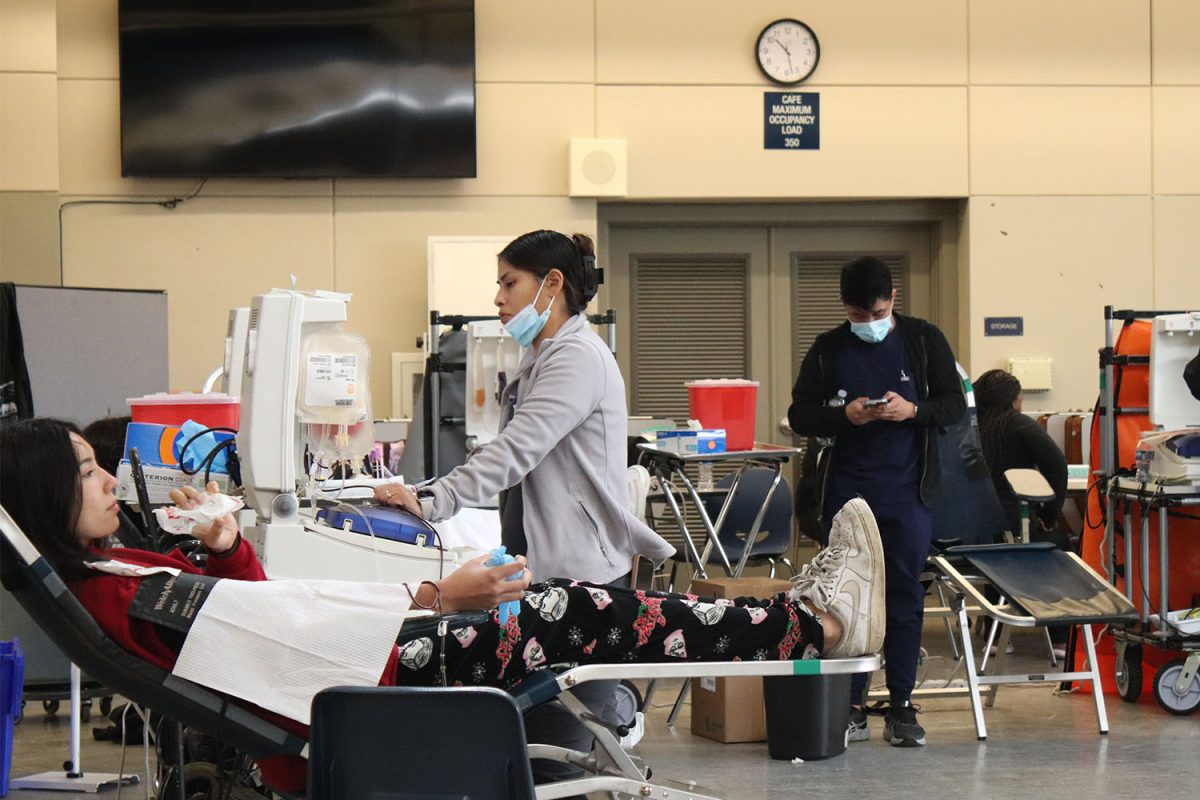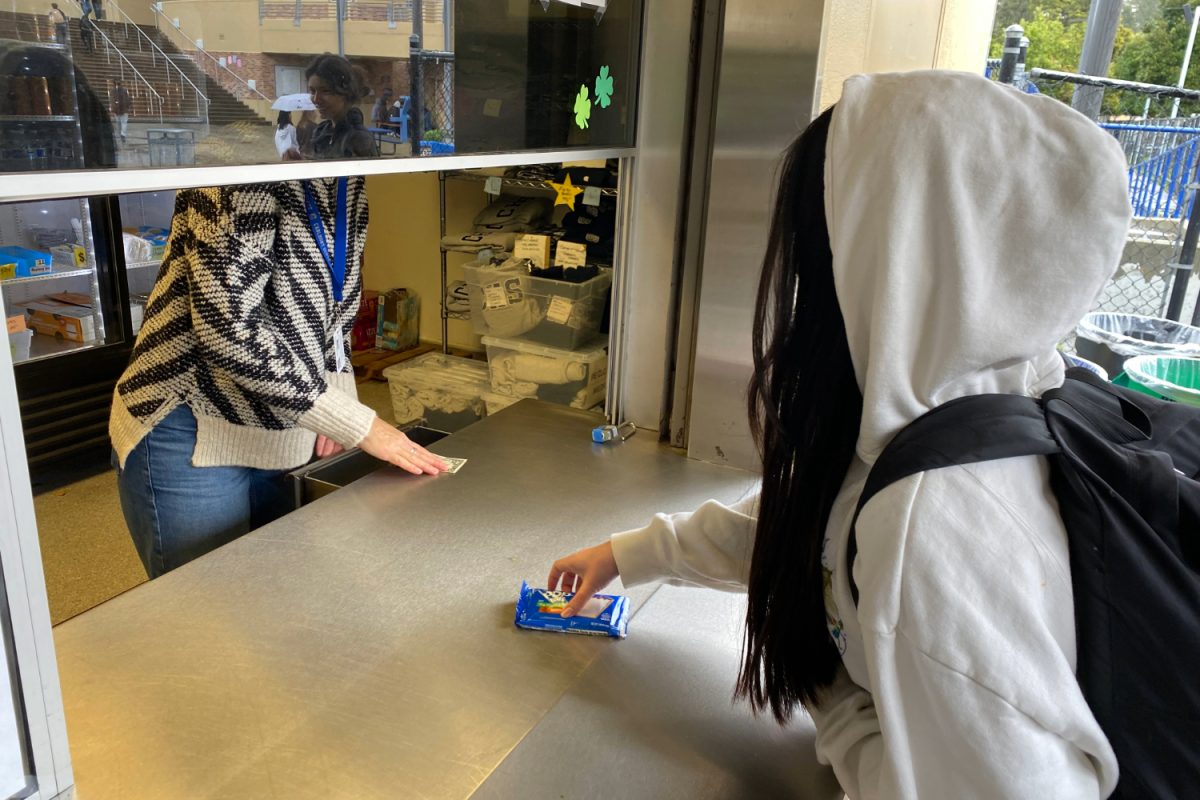One of the biggest advantages of distance learning is the extra time allotted for sleeping in from the disappearance of a commute.
Before the COVID-19 pandemic, the average school commute in America was 18 minutes long with 60% of students commuting in cars. Now, in distance learning, students can wake up, make a 5-foot journey to their desks, and immediately attend their classes— an extra hour in the morning.
“Before quarantine, I took the bus to school. Usually, I’d have to walk a few blocks to get to the bus stop, and then I’d get on from there,” said Aidan Kurt, a junior at Carlmont.
However, is no commute a good thing? During the COVID-19 pandemic, many people lost some of the structure and schedule in their lives. Despite the extra free time, the Centers for Disease Control and Prevention (CDC) has found that mental health problems have increased over the past year. According to Verywell Mind, the lack of a daily routine can exacerbate the situation.
As high school students, a commute was part of everyone’s morning routine: wake up, eat breakfast, get to school. It was a chance for students to get into the “school” mindset.
“I think the routine of a commute can be a good opportunity to have a mental segue between the different parts of our day. Additional benefits can be gained if there is physical exercise involved in the commute, such as walking or bicycling,” said Gregory Fung, a physics teacher at Carlmont.
Although the lack of a commute removes a part of students’ routines, it can have environmental benefits. Many students get to school by car, meaning there is air pollution. According to the World Meteorological Organization, the COVID-19 restrictions placed in mid-2020 on population mobility resulted in an estimated 17% reduction in carbon dioxide emissions worldwide. Although school commutes didn’t a large part in the decrease, they played a part nonetheless.
On the health side of things, an extra hour of sleep can go a long way for both teachers and especially students.
“I definitely get more sleep with distance learning. Now I can just get up thirty minutes before class instead of having to wake up an hour and a half before school to catch the bus,” Kurt said
For teenagers, who are developing rapidly both mentally and physically, getting the right amount of sleep will help maintain their mental health as well as keeping up their grades in school, according to the National Library for Medicine.
“When we switched to distance learning, I appreciated the extra time in my day that I got from not having a commute. Now that we’ve started up in-person learning, I appreciate the time in my day I use getting to school,” Fung said.
With Carlmont starting in-person learning once again, some students resume their previous morning routine of commuting to school. More structure is added to their lives in exchange for less sleep.

